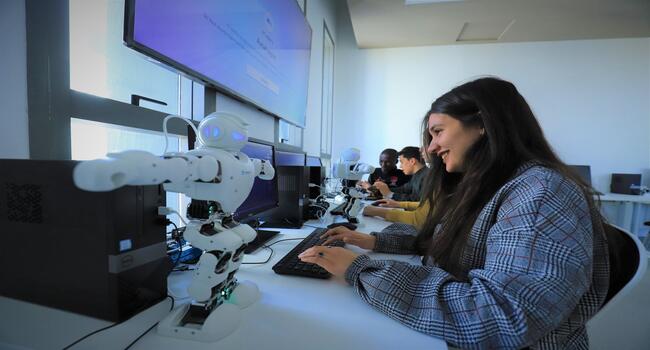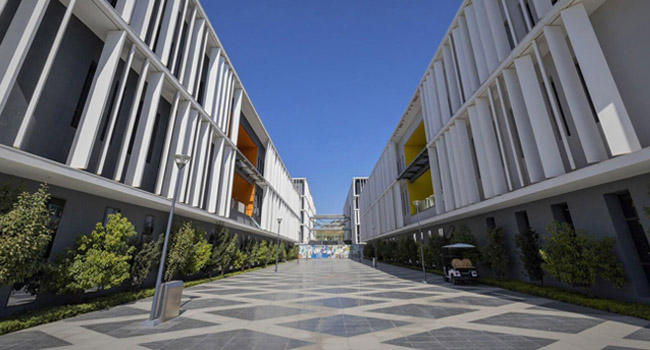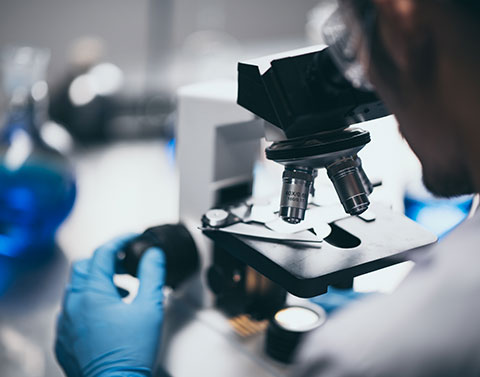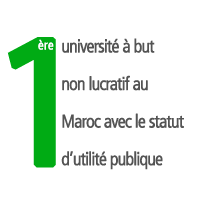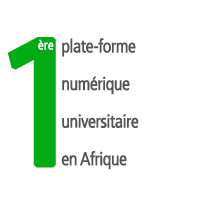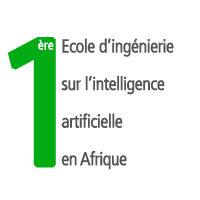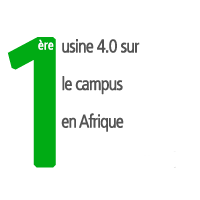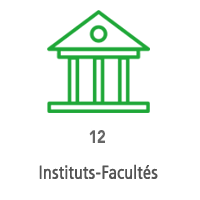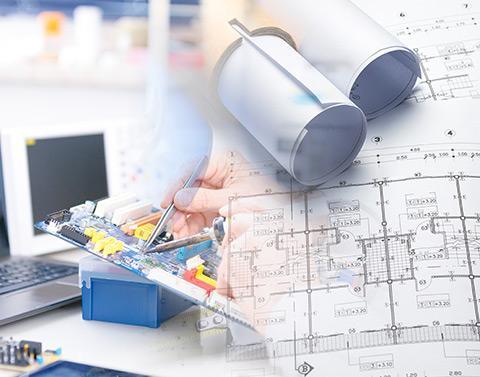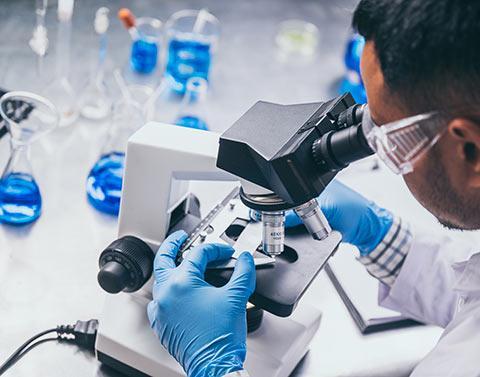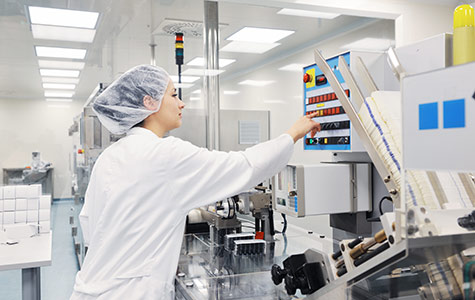Robotics and Cobotics
State engineer
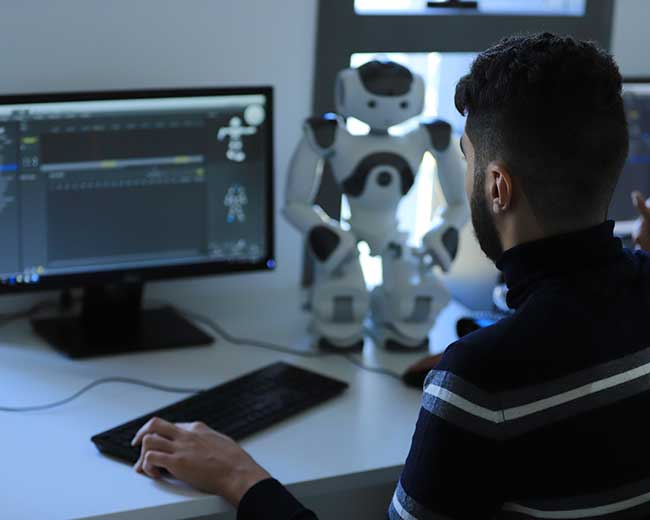
Diploma awarded
: EIDIA diploma equivalent to the State Engineering DiplomaDuration of studies
: 3 Years After Bac+2 (5 years from BAC)Coordinator
: Smail Tigani- Introduction to Cybersecurity
- Signal processing
- Human-Machine Interfaces
- Mechatronics
- Network Services and Protocols
- Languages and Culture Euro-Med 1
- Advanced Algorithmic Design Techniques
- Image processing
- Embedded Systems and Connected Objects
- Operational research
- Parallel Computing and Distributed Applications
- Languages and Culture and Euro-Med 2
- Design and modeling of robotic systems
- Bot navigation and localization methodologies
- Advanced sensor technology
- Advanced signal processing
- Biorobotics and assistive robotics
- Project management
- Languages and Communication I
- Humanoid Robotics
- NoSQL XML Databases
- Human Body-Machine Interfaces
- OpenCV and Computer Vision
- Final project
- Strategic management
- Languages and Communication II
- Mobile development under Android
- Design with Catia and 3D printing
- Mobile automatic systems (unmanned vehicle)
- Industrial Robotics
- Virtual reality and 3D environment in Blender
- Innovation Management
- Languages and Communication III
- Project Graduation
The two years of specialization in this sector aim to train Robotics engineers capable of leading projects in different sectors: automotive, health, education, etc.
Robotics training offers a motivating, fun and rich world of learning. The student will learn through a scientific approach by formulating and programming hypotheses. The winners of the sector will be well capable of integrating multidisciplinary structures and teams within which they build and contribute to the construction of robotic solutions with a high level of autonomy and intelligence of interactions with others digital products or with the physical environment of human beings in general.
Candidates for this sector will be trained in a multi-skill context in automation, programming, embedded systems, bio-robotics, assistive robotics, humanoid robotics and industrial robotics. This multi-skill approach offers winners the skills required to analyze, design and implement autonomous robotic systems at which different concepts can interact:
Perception through sensors (position, vision, etc.)
Analysis and processing of perceptual signals
Reasoning and decision (pattern recognition, uncertainty, etc.)
Programming actions and commands
School of Digital Engineering and Artificial Intelligence (EIDIA)
- Mastery of material infrastructures used in robotics.
- Mastery of different interactive programming tools in robotics.
- Data acquisition through different structures.
- Data manipulation.
- Selection procedures:
Access to first year:
- Candidates who have completed the two preparatory years for the engineering cycle.
- Candidates who have passed the common national competitive examination for admission to engineering training establishments and similar establishments.
- Holders of the following diplomas: DEUG, DUT, DEUST, DEUP, License or equivalent recognized by the State.
Access to Second year:
- Holders of a recognized and accredited license or equivalent.
- Selection procedures:
- Joint national competition
- Competition specific to the host establishment:
- Study of the file
- Written exam
- Interview
- High Performance Computing Center.
- Multimedia Room with Interactive Boards.
- Laboratory of Connected Objects, Sensors, Robots…
- Virtual Reality Room
- Robotics Engineer
- Embedded Systems Engineer
- Numerical Control Specialist
- Project Manager






